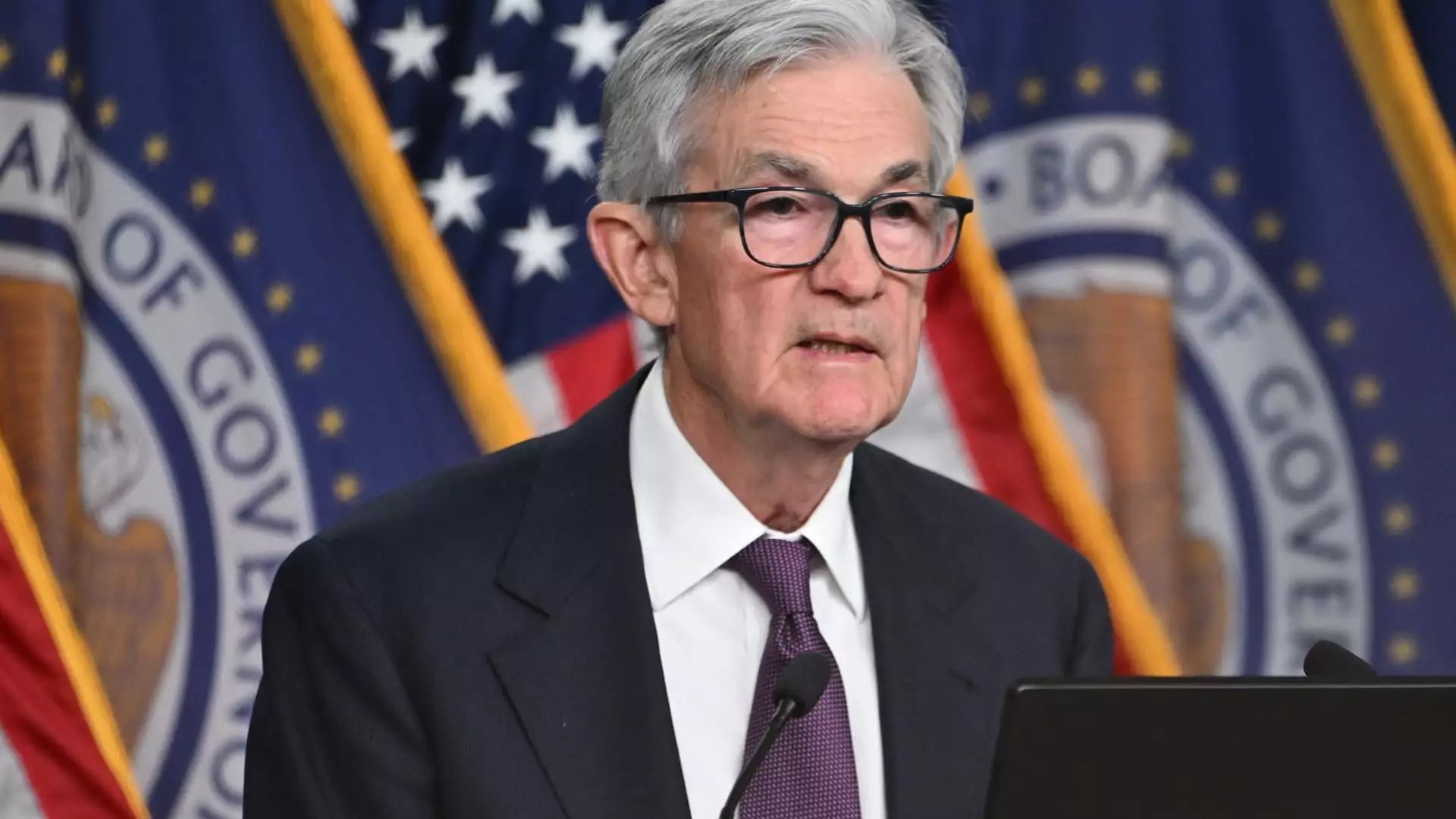In a significant move, the Federal Reserve has lowered its benchmark interest rate by a quarter percentage point, marking the third consecutive reduction in its efforts to recalibrate monetary policy amid shifting economic dynamics. This latest adjustment brings the overnight borrowing rate to a target range of 4.25% to 4.5%, reverting it to levels last seen in December 2022 during a period of rising rates. While the decision itself was largely anticipated by economic analysts and market participants, the accompanying statements concerning future rate adjustments were scrutinized closely, highlighting the intersection of inflationary concerns and steady economic expansion.
One of the most pressing questions surrounding the Fed’s announcement was its stance on potential further cuts, especially given that inflation remains stubbornly above the central bank’s target. Chair Jerome Powell positioned the decision as a necessary recalibration, emphasizing a more cautious approach characterizing future policy adjustments. According to the carefully monitored “dot plot” forecasts, officials suggested a limited outlook for additional cuts, with only two more anticipated in 2025, significantly reducing earlier expectations set in September.
Following the announcement, stock markets reacted sharply, with the Dow Jones Industrial Average experiencing a significant decline of over 1,100 points. Concurrently, Treasury yields surged, indicating a market sentiment that anticipated fewer rate cuts than previously projected. Powell indicated a deliberate slowdown in rate adjustments, underscoring the committee’s intent to modulate its approach based on evolving economic conditions.
The Fed’s projections for the broader economy showcased an optimistic yet cautious outlook. The gross domestic product (GDP) growth expectations for 2024 were revised upward to 2.5%, suggesting a more robust economic performance than earlier anticipated. However, the long-term growth projection was adjusted downward to 1.8%, indicating an awareness of potential economic headwinds on the horizon. The committee’s adjusted forecasts for the unemployment rate and inflation further reflected this balanced approach; the unemployment rate was lowered to 4.2%, while inflation expectations were incrementally raised above the Fed’s optimal target.
The Federal Reserve’s recent maneuvers reflect an intricate balancing act in navigating the economic landscape. Amid steady economic growth, the persistence of elevated inflation poses challenges to the central bank’s objectives. Powell articulated the need for a thoughtful approach, aiming to avoid an overly restrictive monetary policy that could stifle economic momentum. He shared insights on the delicate nature of fiscal policies, particularly in light of prospective changes under the incoming administration.
While the Fed’s current trajectory suggests a relaxation of monetary policy, the broader market response indicates apprehension. Rising mortgage rates and Treasury yields reflect a skepticism among investors regarding the Fed’s capacity to implement substantial further cuts, hinting at an underlying assumption that economic fundamentals may not support a protracted easing cycle.
As the Federal Reserve continues to navigate these complexities, the potential impact of governmental fiscal policies complicates its task. With proposals for tax adjustments, tariffs, and other regulations looming, the interaction between fiscal and monetary policy becomes a focal point for future economic stability. Powell underscored the importance of maintaining a measured pace in decision-making, emphasizing the necessity for a thorough evaluation of fiscal measures once they have been enacted.
In a broader sense, the Fed’s recent policy adjustments serve as a reflection of the ongoing tensions between fostering economic growth and controlling inflation. The assertion that the economic conditions warrant a gradual approach to rate reductions demonstrates a commitment to ensuring a sustainable recovery in a fluctuating marketplace.
The Federal Reserve’s latest interest rate cut highlights the complexities of monetary policy in the current economic environment. With careful considerations rooted in both optimistic projections and the realities of inflation, the Fed is poised to navigate a cautious path forward. As markets react to these changes, the interplay between fiscal policy and the central bank’s objectives will play a critical role in shaping the economic landscape of the coming years. The ongoing dialogue about the Fed’s rate decisions underscores the importance of adaptability and foresight in financial governance, as the world watches closely to understand how these dynamics will unfold.

